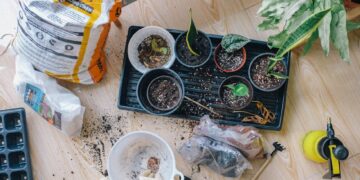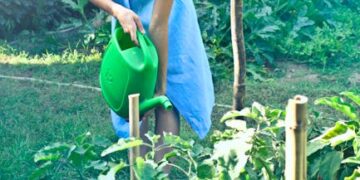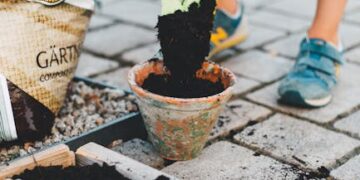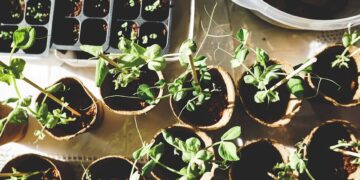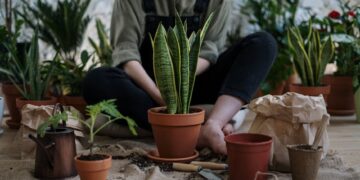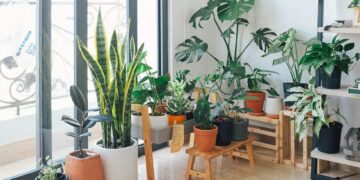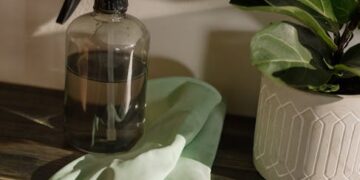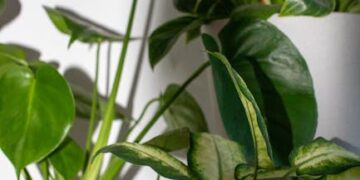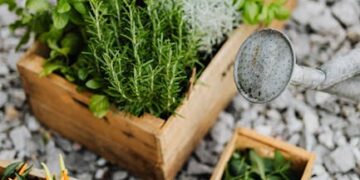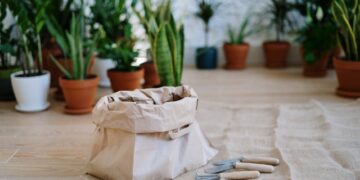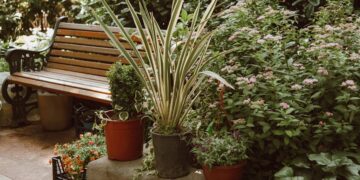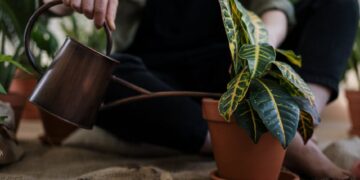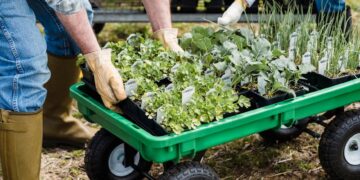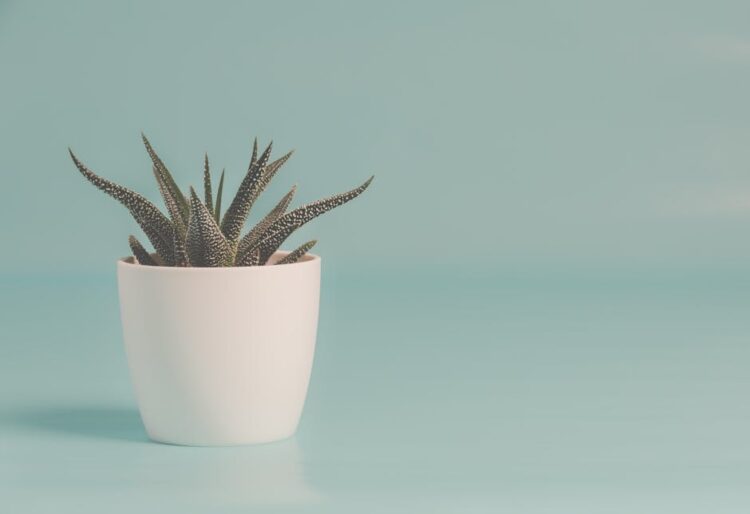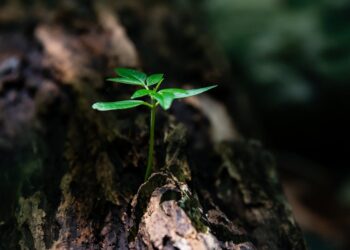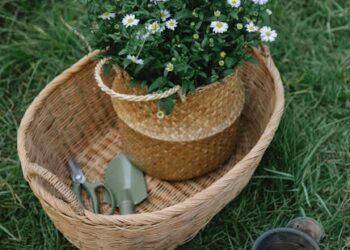The Ultimate Guide to Houseplant Care: Tips for Thriving Greenery
Welcome to the vibrant world of houseplants! Whether you’re a seasoned gardener or a novice looking to greenify your indoor space, this comprehensive guide is designed to equip you with all the essential knowledge you need to help your houseplants not just survive, but thrive. From selecting the right plants to mastering the art of watering, let’s embark on a journey to transform your home into a lush, green oasis.
Choosing the Right Houseplants
Before diving into the specifics of plant care, let’s start with the fundamentals: selecting the right plants for your home. Not all plants require the same level of sunlight, water, or temperature to thrive. Understanding your indoor environment is the first step to ensuring your greenery can flourish.
Assess Your Space
Consider factors such as lighting, humidity, and the average temperature of your space. For dimly lit areas, opt for shade-tolerant plants like snake plants or peace lilies. If your room has abundant sunlight, succulents or cacti might be ideal.
Think About Your Lifestyle
Your daily routine is also crucial in choosing plants. If you travel frequently or tend to forget watering, drought-tolerant plants such as ZZ plants or succulents will be more forgiving.
Essential Care Tips for Houseplants
With the right plants chosen, it’s now time to dive into the essential care tips that will ensure your plants not only survive but thrive.
1. Watering Wisely
Watering is often seen as the simplest part of plant care, yet it’s the most common reason houseplants suffer. Over-watering can lead to root rot, a fatal condition for many plants. The key is to water only when the top inch of the soil is dry. Always check the soil moisture before watering and ensure your pots have drainage holes to prevent excess water from sitting at the bottom.
2. Providing Adequate Light
Light is food for plants. Without adequate light, most plants will not grow properly. Place sunlight-loving plants near south-facing windows where they can bask in direct sunlight, while shade-loving plants can be placed in north-facing windows or further away from bright windows. If natural light is scarce, consider using grow lights.
3. Managing Humidity and Temperature
Most houseplants are native to tropical regions and thrive in higher humidity and warmer temperatures. During dry winter months, using a humidifier can help maintain the moisture levels in the air. Avoid placing plants near heating vents or air conditioners as sudden temperature changes can stress them.
Fertilizing and Soil Management
Just like humans, plants also need proper nutrients to grow healthy and strong. Fertilizing your plants ensures they get all the necessary nutrients for optimum growth.
Choose the Right Fertilizer
Use a balanced, water-soluble fertilizer for most houseplants, applying it during the growing season (spring and summer). During the dormant season (fall and winter), reduce fertilizing as plants’ growth slows down.
Refresh Your Soil
Over time, soil can become compacted and nutrient-deficient. Repotting your plants every couple of years with fresh soil can help ensure they remain healthy and have enough space to grow.
Pest Management and Pruning
Even with the best care, plants can sometimes face issues like pests or overgrowth. Regularly inspecting your plants and maintaining them can prevent these problems.
Keeping Pests at Bay
Keep an eye out for signs of pests, such as sticky leaves, webs, or visible bugs. Use natural pest control methods like neem oil or insecticidal soap to manage infestations without harming your plants.
Pruning and Maintenance
Pruning isn’t just about maintaining appearances. It helps to encourage growth by removing dead or overgrown branches, allowing the plant to focus its energy on producing new, healthy growth. Always use sharp, clean shears to make clean cuts.
Common Questions About Houseplant Care
How Often Should I Water My Plants?
This depends on the type of plant, the environment of your home, and the season. Always check the soil moisture level before watering.
What Are the Signs of Over-Watering?
Yellowing leaves and a musty smell are common signs of over-watering and potential root rot. If you notice these, check the root health by carefully removing the plant from its pot.
Can I Use Tap Water for My Plants?
While tap water is acceptable for most houseplants, sensitive plants may react to chemicals in tap water. Use filtered or distilled water if you notice your plants are struggling.
Wrap-Up: Enjoying Your Thriving Indoor Garden
With these tips and a little bit of love, your houseplants will add beauty, purify the air, and create a relaxing atmosphere in your home. Remember, every plant is different, and part of the joy of indoor gardening is learning what each of your green companions prefers. Happy gardening!

